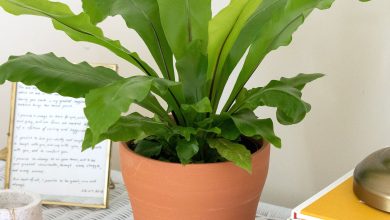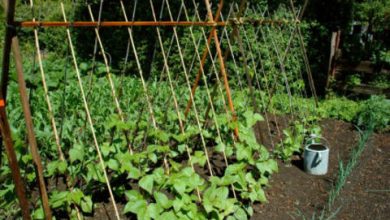Prune the Garden: [Importance, Time, Tools, Considerations and Steps]

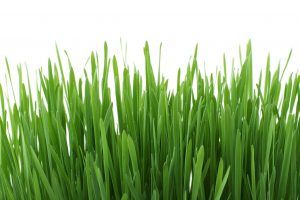 The garden has become a fundamental part of the home and there are many of us who think that it is our own paradise, right?
The garden has become a fundamental part of the home and there are many of us who think that it is our own paradise, right?
Keeping it in perfect condition is possible when you apply appropriate pruning to the type of plants and establish a satisfactory planning.
Take into account that each plant has a life cycle and that it is necessary to respect its own times. In any case, it is an action that you cannot fail to implement if you want to prevent a beautiful garden from becoming a kind of urban jungle.
Why prune the garden?
The main reason for pruning a garden has to do with order and to prevent everything from growing out of control.Especially in gardens with natural grass, its growth can become a real headache, not including the other species you have.
But not everything is bad. Good pruning is considered essential to stimulate the growth and production of many types of plants.So it is a practical and almost mandatory care if you are looking for abundant blooms and larger and more delicious fruits.

One last reason that leads to implement pruning in the garden has to do with the health of the species.This refers to removing all the parts that may be affecting them, either because they wilt naturally or because some disease is taking its toll.
When is it better to carry out pruning in the garden?
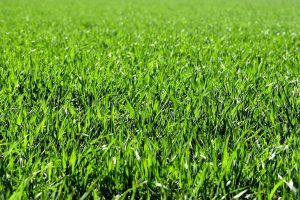 The pruning of the garden does not have a strict established date because this will depend on the type of species that you have planted.
The pruning of the garden does not have a strict established date because this will depend on the type of species that you have planted.
We already mentioned in the previous point that it is essential to respect the production cycle of each one and pruning is part of this process.
But in general, the most common thing is to wait until the arrival of spring, when there is no longer any risk of frost, to get down to work.
What tools should we use when pruning the garden?
To prune the garden you will have to use all kinds of tools because the characteristics of each plant will be different. Here the most normal thing is to have some such as:
Pruning shears
One and two hands depending on the need.
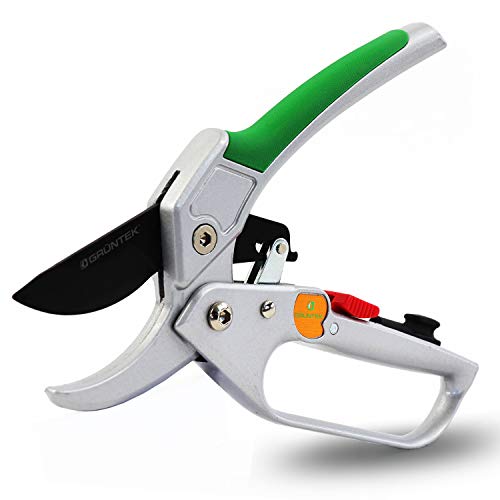

Saw

Chainsaw
It will be very useful in case you have fruit trees with thicker branches.

Ladder
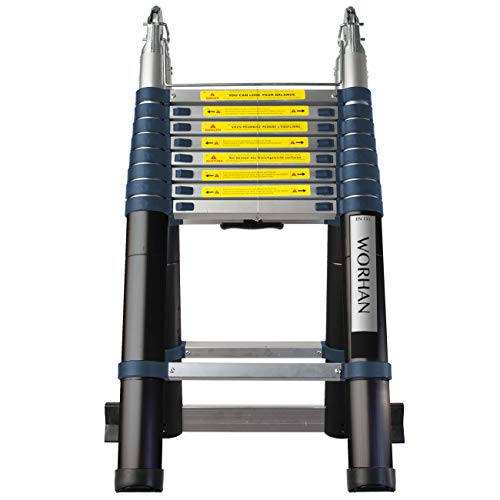
Gloves and protective glasses
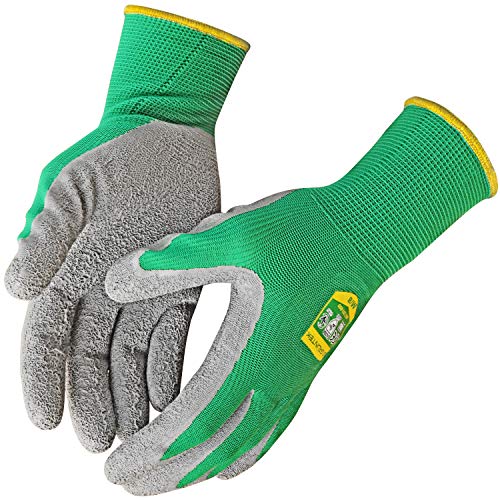
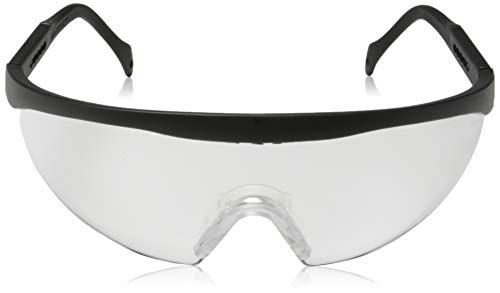
As it is a task that may take you some time during the day and the arrival of the sun will be inevitable, it is better that you wear appropriate clothing to protect yourself.
You should also know that all cutting tools must be perfectly sharp and sterilized so that the cuts are clean and exact, without mistreating any plant.
What considerations should we take into account when pruning the garden?
The main thing is to review the characteristics of all the species you have in the garden to know which route will be the safest to follow.You must also verify the position of each one to complement that route and that everything goes with much more order.

Finally, keep in mind that having the tools at hand and a space to leave the waste will save you a lot of time.
How to prune a garden without damaging it?
Since we are clear about all the previous points, the general step by step will be as follows:
- Establish the type of pruning that each species you have planted needs. There are many plants that at least accept production and rejuvenation pruning, while others need to include training as well. This aspect will be key because it will tell you what you have to work with each one.
- Check if there are bad parts in any of the plants you have. These parts include withered flowers and leaves, dry or weak branches, branches that are entangled or collide with each other, in fruit trees the branches that collide with the ground, etc.
- Prune the general structure of overgrown plants that look messy and far removed from the normal structure they should have. In fruit trees it is important to maintain the balance between the sides, especially when it comes to wide canopies.
- Pinch off plant parts (particularly ornamental flowers) that will help promote the formation of new structures that will result in bigger and better blooms.
- Minimizes the presence of suckers and sprouts that are usually located near the roots of some species.
 Take into account that the variation of some of them will have to be executed depending on the type of plant species you have because they are not all the same.
Take into account that the variation of some of them will have to be executed depending on the type of plant species you have because they are not all the same.
With good planning and taking into account the needs of each plant, the art of garden pruning will become a very simple task to apply.

![Photo of How to Plant Ruda in Your Garden: [Complete Guide + Step by Step]](https://www.complete-gardening.com/wp-content/uploads/2022/08/how-to-plant-ruda-in-your-garden-complete-guide-step-by-step-390x220.jpg)
![Photo of How to Fertilize Watermelons: [Components and Needs]](https://www.complete-gardening.com/wp-content/uploads/2022/08/how-to-fertilize-watermelons-components-and-needs-390x220.jpg)
